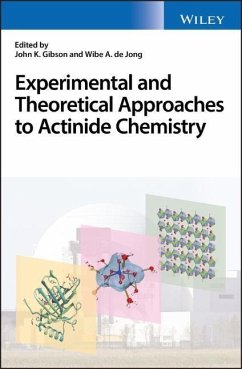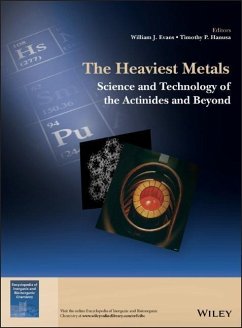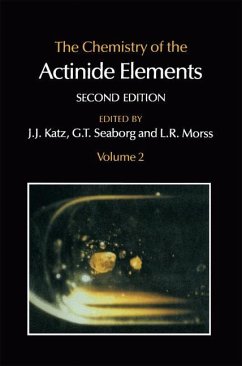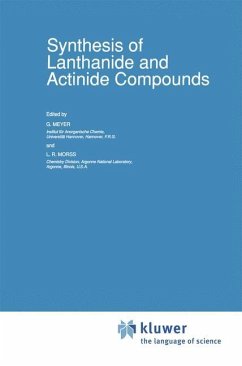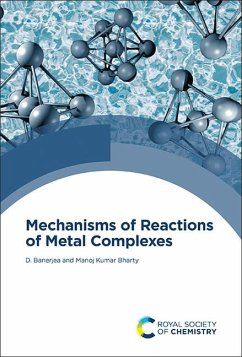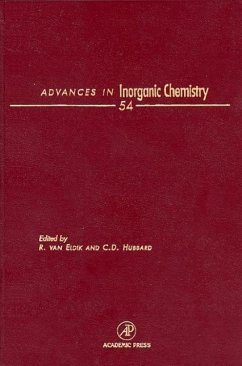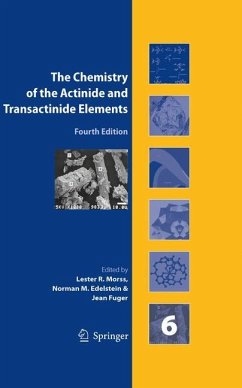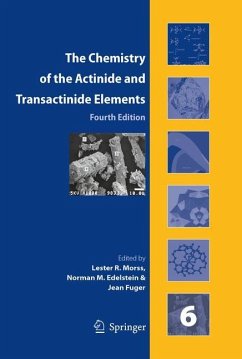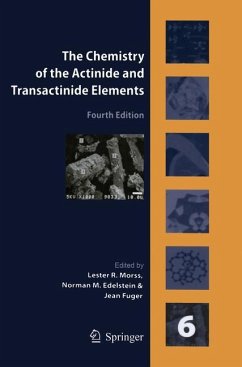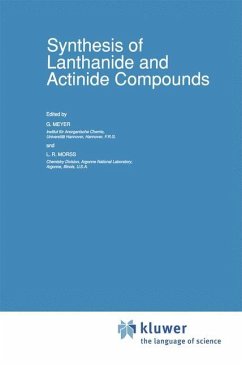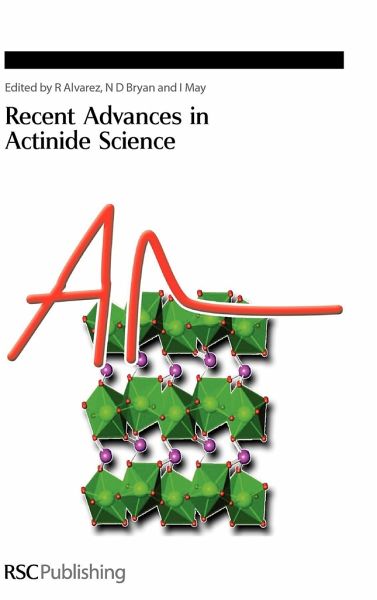
Recent Advances in Actinide Science
Versandkostenfrei!
Versandfertig in über 4 Wochen
150,99 €
inkl. MwSt.

PAYBACK Punkte
75 °P sammeln!
Actinide elements and their chemistry have a significant number of applications. Bringing together contributions from the leading experts in the field, Recent Advances in Actinide Science covers six main topics; * Analysis, the environment and biotransformations * Coordination and organometallic chemistry * Heavy elements * Nuclear fuels, materials and waste forms * Separations and solution chemistry * Spectroscopy, magnetism and superconductivity Covering a wide range of research from pure academic studies to applied industrial science and technology, this book distils the knowledge and achie...
Actinide elements and their chemistry have a significant number of applications. Bringing together contributions from the leading experts in the field, Recent Advances in Actinide Science covers six main topics; * Analysis, the environment and biotransformations * Coordination and organometallic chemistry * Heavy elements * Nuclear fuels, materials and waste forms * Separations and solution chemistry * Spectroscopy, magnetism and superconductivity Covering a wide range of research from pure academic studies to applied industrial science and technology, this book distils the knowledge and achievements gained in actinide science over the last four years. This high level book is aimed at researchers, both industrial and academic, and provides a comprehensive overview of the current status of actinide science.





